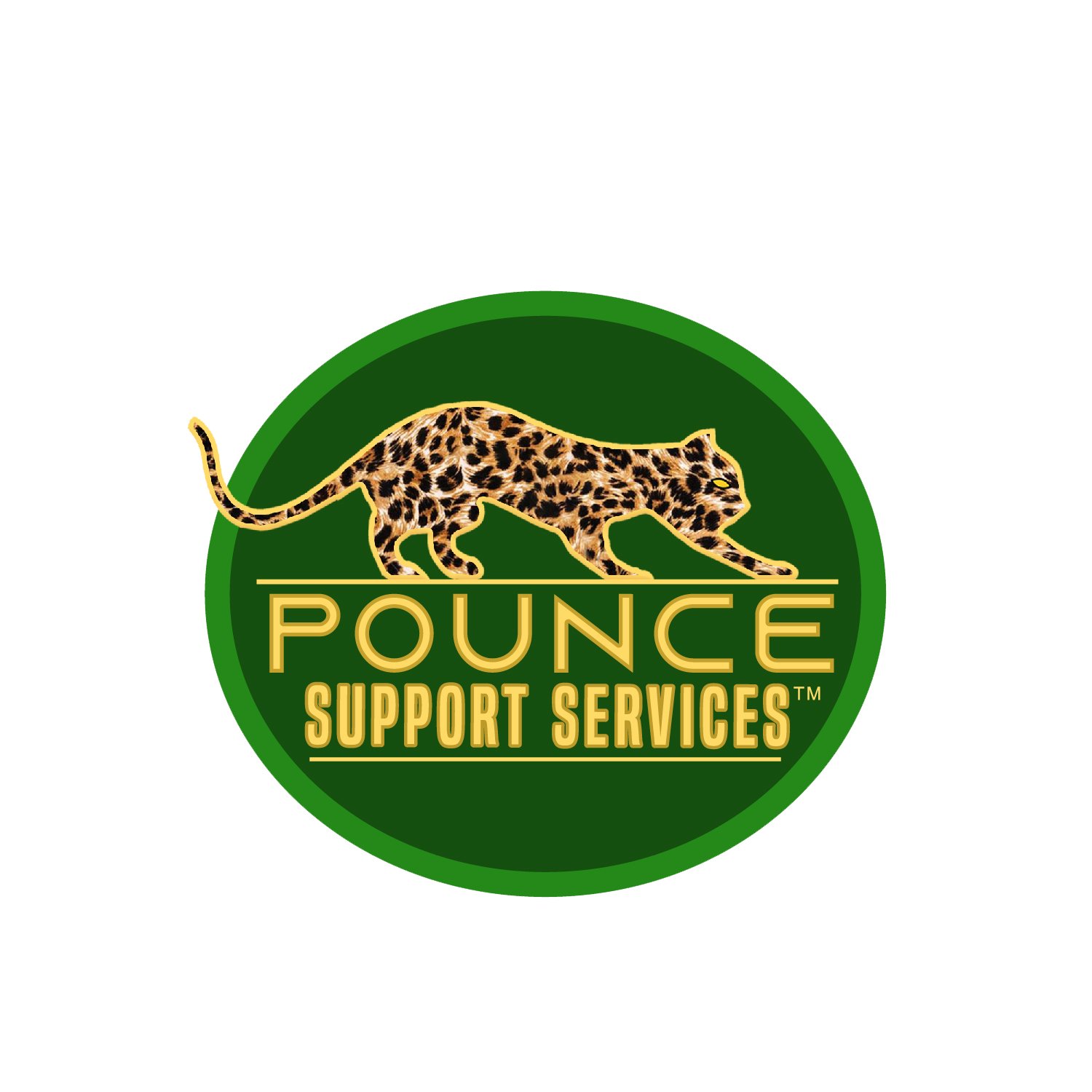The Wide World of UX Design
By: Imad Kaddoura
Studying a new field of education is always exciting and challenging at the same time. I recently started such a learning journey by enrolling in a certificate course![]() with Google in UX Design.
with Google in UX Design.
To explain what this fantastic field is all about, I opted to act as the curator of what the experts say rather than explaining it myself from scratch to make it easy for the reader to read it directly from the experts rather than my babbling.

What is User Experience (UX) Design?
To put it in the simplest way possible:
“User experience” encompasses all aspects of the end-users interaction with the company, its services, and its products.”
User experience, or UX, is a term used to describe a user’s overall experience when interacting with a product (physical or digital) or a service in a given context or situation. The experience can range from delightful to downright frustrating depending on the product or service design!
“The impact of good (and bad!) UX is everywhere. That’s one of the reasons it’s such an exciting field and explains why you already know much more about UX than you realize. Every time you curse a push door with a pull bar or close a confusing website in frustration, you judge its UX design’s quality. So, UX is about the user’s interaction or experience with a product or service.”

Historical Background
The origins of UX design can be traced back to prehistoric life when early humans started shaping the tools they used for everyday life, such as the first lance used for hunting their food.
However, the field only emerged as a full-fledged discipline in its own right in the modern era:
“The field of user experience design is a conceptual design discipline and has its roots in human factors and ergonomics, a field that, since the late 1940s, has focused on the interaction between human users, machines, and the contextual environments to design systems that address the user’s experience. With the proliferation of workplace computers in the early 1990s, user experience became a positive insight for designers. Donald Norman, a professor and researcher in design, usability, and cognitive science, coined the term “user experience” and brought it to a wider audience.
“I invented the term because I thought human interface and usability were too narrow. I wanted to cover all aspects of the person’s experience with the system, including industrial design graphics, the interface, the physical interaction, and the manual.”
Elements of UX Design
“User experience design draws from design approaches like human-computer interaction and user-centered design, and includes elements from similar disciplines like interaction design, visual design, information architecture, user research, and others.”
“User experience design, or UXD, considers each and every element that shapes the user experience. It’s all about designing specifically for the needs of the user or customer, looking at things like ease of use, quality, and efficiency.
If you think about it, humans can only benefit from complex systems like websites and computer programs (or any product, really) if these systems are somewhat user-friendly. UX designers look to bridge the gap between the product and the human user. They think about how people interact with a given product and look for ways to make these interactions as intuitive and straightforward as possible.
UX designers have to wear many different hats, finding just the right balance between scientist, psychologist, sociologist, and artist (among others!). To come up with viable, creative, and user-friendly design solutions, you need to analyze past experiences, research new practices, interview real or potential users, and test, test, test your designs.”
What Do UX Designers Do?
Here is a link to a fun explanatory video about UX design and what UX designers do:
Why is UX Design Important to Businesses and Organizations?
A poor user experience will cost the company customers: if users are not satisfied with their experience with a product, if it is difficult for them to navigate, if they encounter difficulties or issues that cause friction, they could get frustrated and abandon it or return it, or worse give bad reviews for the whole world to see. When businesses make UX design a crucial part of their product development process and keep product experience top of mind, they will mitigate this negative or possibly disastrous outcome. Investing in the user experience will help businesses create a valuable product that solves problems for their users and helps them reach their goals. A delightful user experience will result in:
- Converting more users
- Driving adoption
- Boost customer retention and loyalty
- Banish abandonment
UX design is user-centered. UX designers consider the why, what, and how of all products. UX is an essential field growing in leaps and bounds, and future applications of UX design are limitless as innovation fuels evolution.












